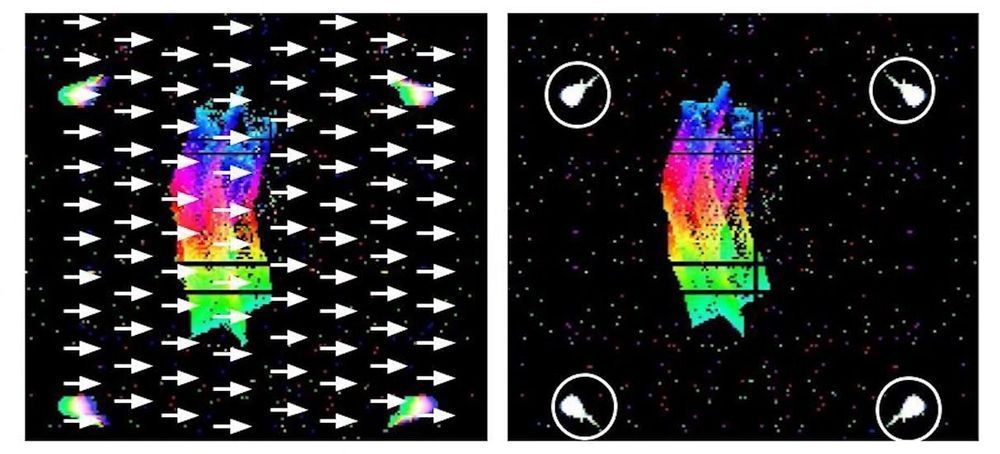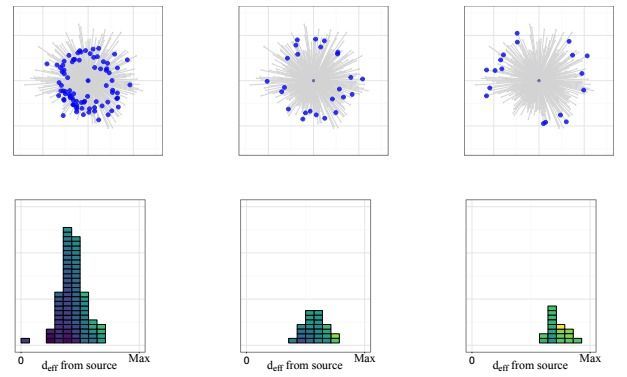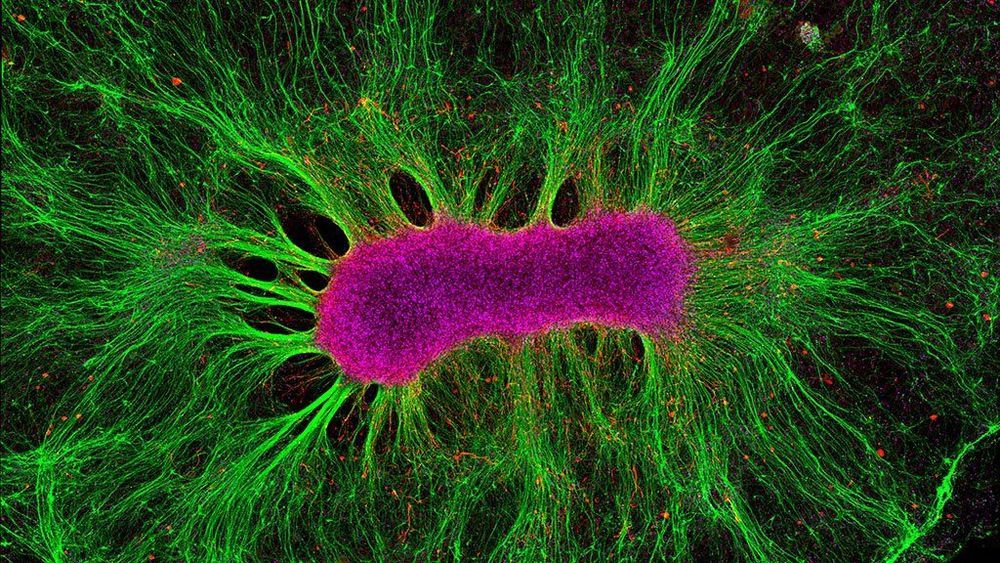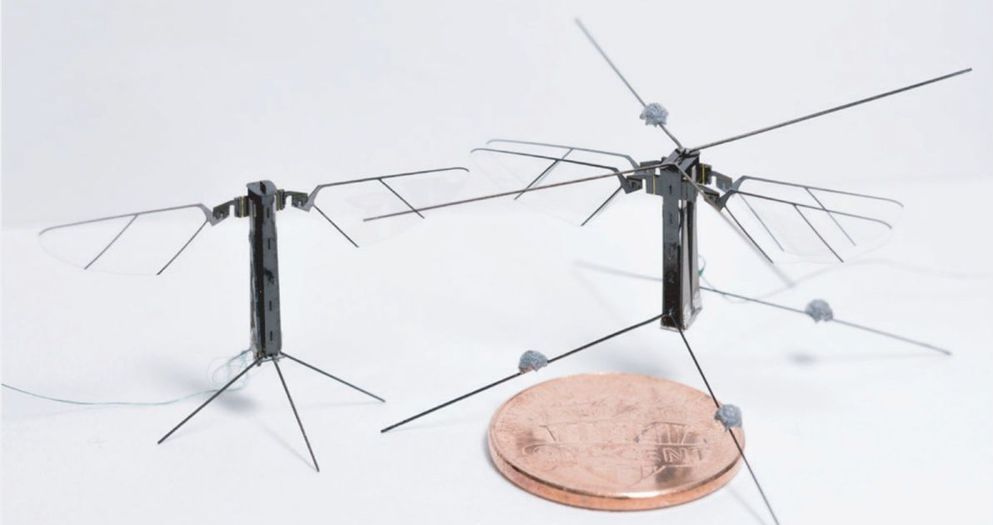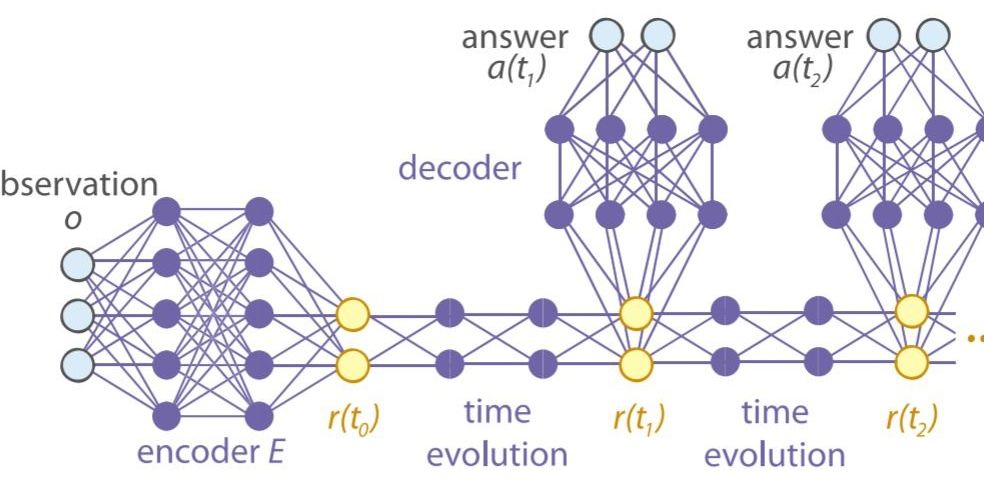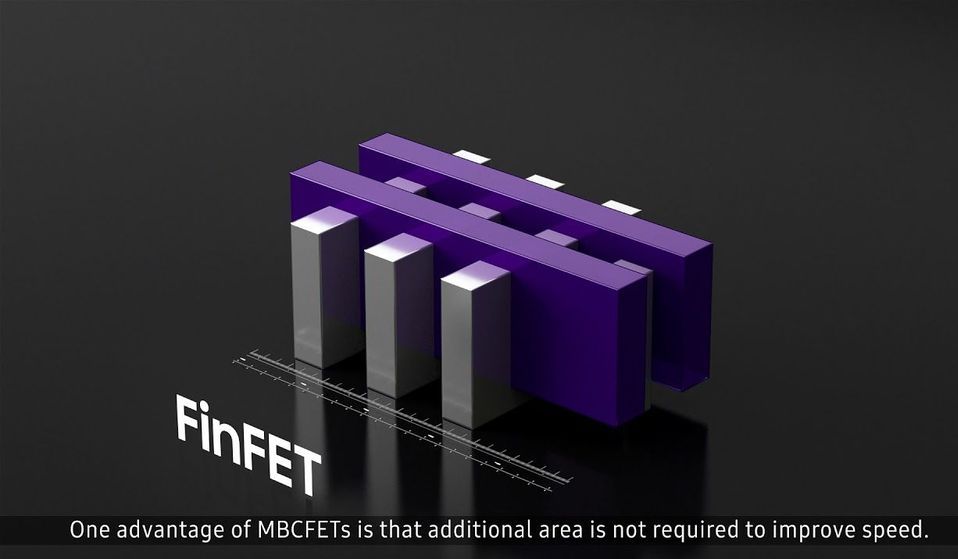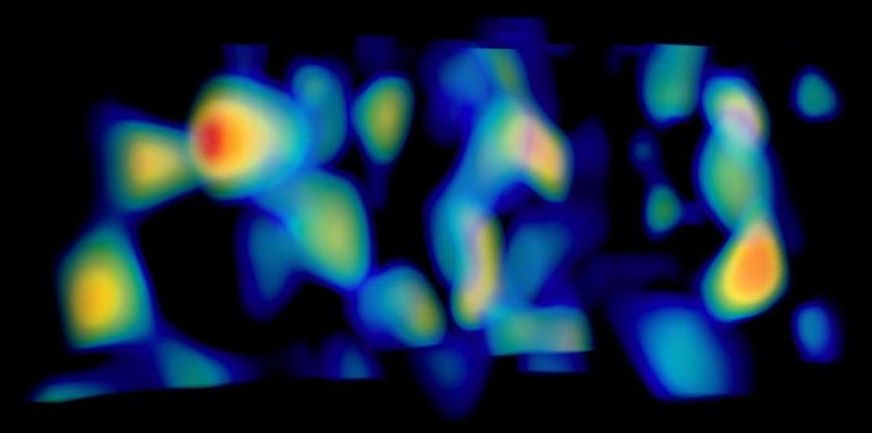A team of scientists from the University of Maryland recently came up with a take on the hyperdimensional computing theory that could give robots memories and reflexes. This could break the stalemate we seem to be at with autonomous vehicles and other real-world robots, and lead to more human-like AI models.
The solution
The Maryland team came up with a theoretical method by which hyperdimensional computing – a hypervector-based alternative to computations based on Booleans and numbers – could replace current deep learning methods for processing sensory information.
